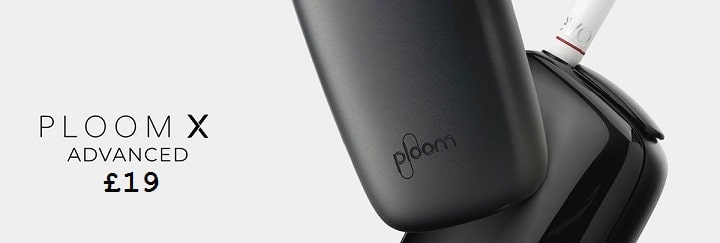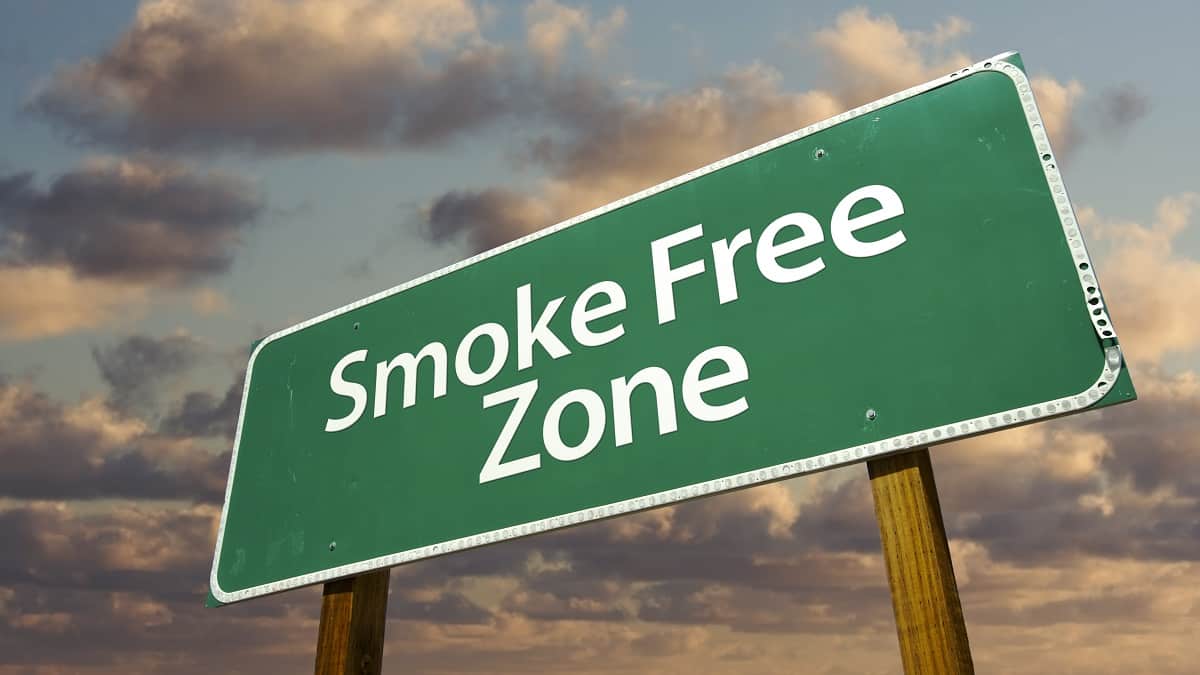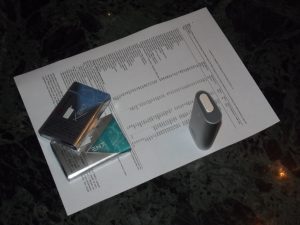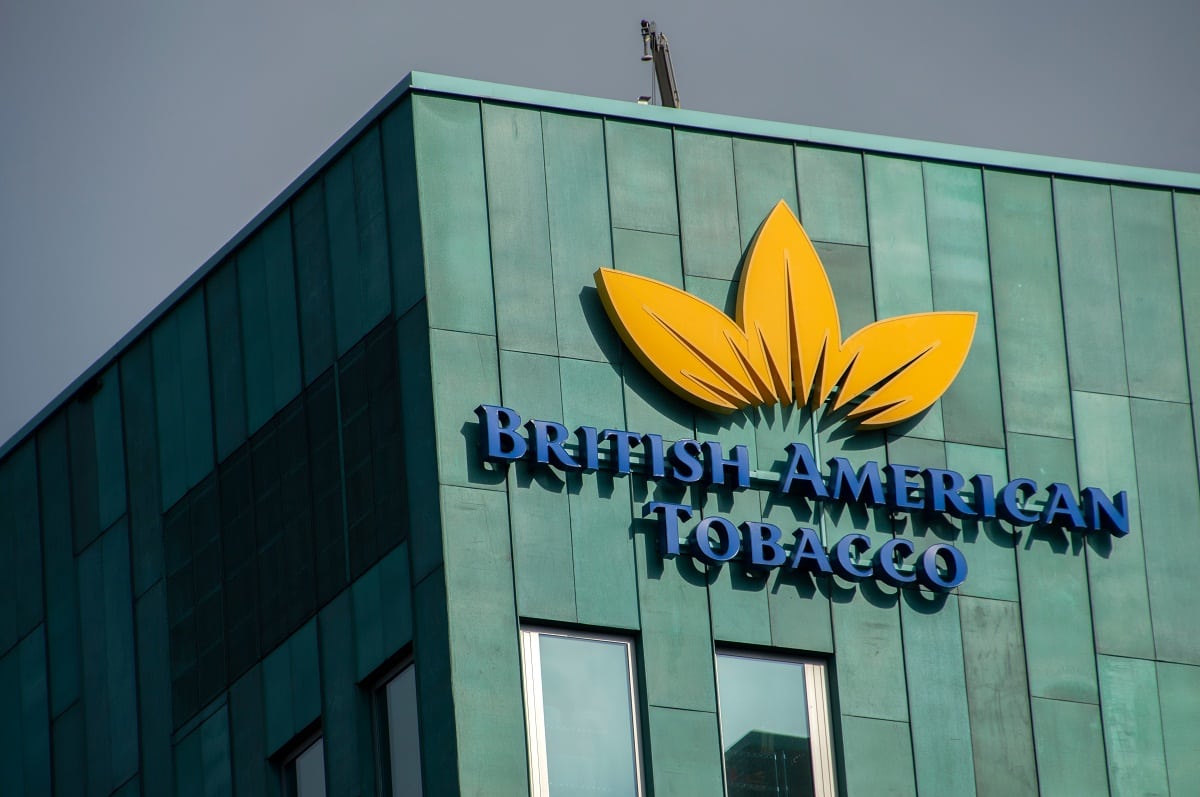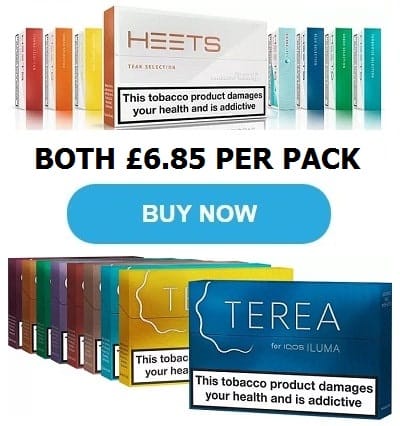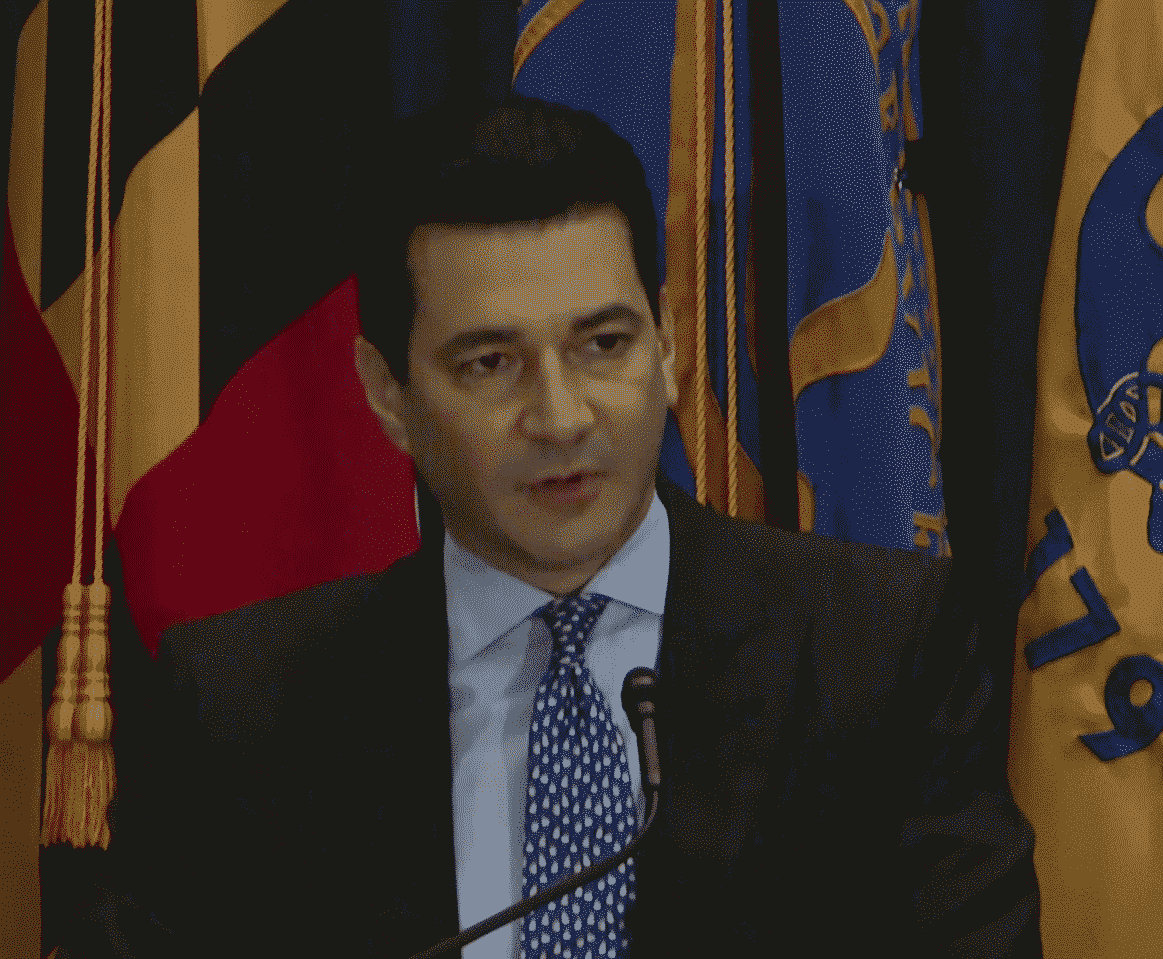 Reading Time: 4 minutes
Reading Time: 4 minutesThere’s been a lot of excitement among American vapers about Friday’s announcement from the FDA. The big news was that the deadline for submitting paperwork under the Deeming Regulations, which was set to wipe out 99% of all vapour products next November, has now been delayed for four years. But there was a lot more to the FDA’s announcement than that, and some of it is also important for Heat not Burn.
In his speech on Friday morning, FDA commissioner Scott Gottlieb outlined a new anti-smoking strategy for his agency. For the first time the FDA has publicly admitted that there’s a spectrum of risk for nicotine products, with traditional cigarettes at one end, nicotine replacement therapy at the other, and a whole range of products like e-cigs and HnB in between (in reality, very close to the NRT end). This moves the agency away from seeing reduced-risk products as another kind of cigarettes to acknowledging them as a potential solution.
As well as pushing back the deadline for Pre Market Tobacco Authorization submissions, Gottlieb says he’s also planning to make it easier to submit them. Up to now the process has been a complete nightmare. According to the FDA an application takes about 500 hours to complete and costs around $300,000 per product. Those who’ve actually done it say it takes thousands of hours and costs well over a million. Worst of all, it’s hard to tell exactly what should be in it. The FDA guidance document is 500 pages of impenetrable legal guff that nobody can understand, so for most businesses filling out the paperwork is guesswork – and, after spending all that time and money, there’s no guarantee the application will be accepted.
Expensive rules, unclear outcomes
So far we only know of one PMTA application for an HnB product; in March, PMI submitted one for their popular iQOS heated tobacco device. That’s now under review by the FDA, although it could take more than a year for it to be approved or declined. The industry will be watching closely; if iQOS is approved it opens the door for rivals like BAT’s Glo, although iQOS will have a useful head start.
The PMTA process has been worrying a lot of people, because it hasn’t been clear how strict the FDA were planning to be. Up to now they seem to have looked at new nicotine products as a menace that should be kept off the market, and that was obviously bad news for HnB. There was a real risk that they’d want to avoid the “mistake” they’d made by letting e-cigarettes get onto the market, and take a hard line from the beginning.
Gottlieb’s new direction could change that. The FDA now seems interested in having healthier options available, and encouraging smokers to switch to them. Although the companies making HnB products are being careful so far not to call them reduced risk, there’s no doubt that they are. If the FDA has been keeping up with the science, they know that too.
Bad science strikes again
It has to be said that the FDA’s strategy has a huge problem. From what Gottlieb said, it seems that they want to cut the amount of nicotine in cigarettes as a way to force smokers towards alternatives. However, it’s not so clear why this should work. After all, we have evidence from when something similar was tried before.
Tobacco controllers still love to rant about how the industry “lied” to smokers when they released light cigarettes in the 80s and 90s. What they don’t mention is that it was tobacco control who pressured the industry to do that. The result, of course, was that people simply smoked more and took deeper puffs; they ended up inhaling exactly the same amount of nicotine, but a lot more toxic smoke.
Now the FDA seem to think they can try the same trick again but get a different result, which just begs for comments about the definition of insanity. To be fair they might get a different result this time, because now there are real alternatives to smoking, but it’s more likely they’ll just create a massive black market in smuggled high-nicotine cigarettes.
What will decide that is how effective the alternatives are at delivering nicotine. If the FDA’s brave new cigarettes aren’t very satisfying, but neither are the safer choices, most people will just either smoke more or call their dealer and ask when the next batch of proper Marlboro are due in from Mexico. On the other hand, if cigarettes don’t give enough of a nicotine hit but other products do, then people are a lot more likely to switch.
Vape or heat?
So far that’s been the big problem with e-cigs; unless you have decent kit and know how to use it, the nicotine hit isn’t as satisfying as a proper cigarette. Experienced vapers can completely turn that around, but for a beginner – especially somewhere like the EU, with its stupid 20mg/ml cap on liquid strengths – it can be a struggle to get as much nicotine as you’re used to.
Now a leading tobacco harm reduction researcher has compared a HnB product – iQOS – against both cigarettes and e-cigs. The results are interesting, especially in the context of Gottlieb’s plan.
Dr Konstantinos Farsalinos, a cardiologist at the Onassis Cardiac Surgery Centre (and occasional guest writer for this humble blog) who’s well known for his research into the safety of vaping, compared the amount of nicotine delivered by a tobacco cigarette, several e-cigs ranging from cigalikes to an advanced mod, and the iQOS heated tobacco device. What he found was that while the iQOS still isn’t as efficient as a cigarette, but it comes very close – and it’s well ahead of the sort of e-cig people usually try when they think about switching.
If Gottlieb does push ahead with trying to cut the nicotine in cigarettes, a lot of US smokers are going to be very unhappy. Some of them – those who live near Canada or Mexico, for example – will probably just nip over the border to do their shopping. But the rest might be tempted by a product that has a familiar cigarette company brand, is distributed through the same retailers and delivers almost as much nicotine as their cigarettes did. This could be just what it takes to help Heat not Burn become huge in the USA.



